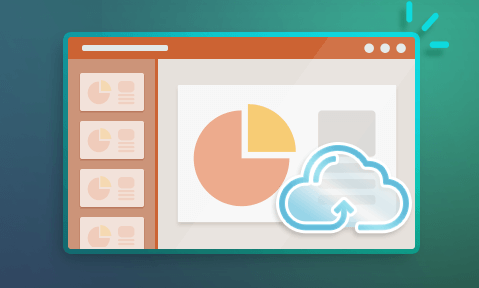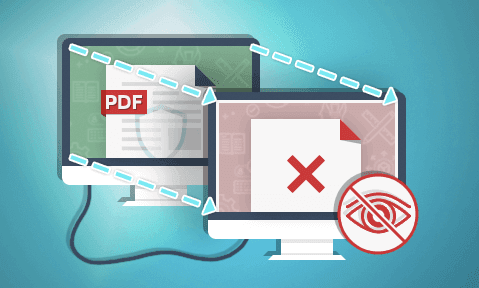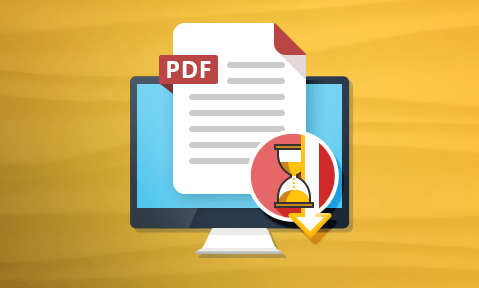Cloud Document Collaboration & Document Security

How Cloud Document Security Works & Why it is Not Secure
Learn how cloud-based collaboration tools implement their security measures, what’s best, and how you can keep your sensitive information safe.

Learn how cloud-based collaboration tools implement their security measures, what’s best, and how you can keep your sensitive information safe.

We explore various methods to block or stop the screen sharing and recording of documents in Zoom, Teams, and Webex, and why ‘secure’ web based document viewers cannot prevent it.

Learn what ISO 9001 is, why it is important, and how to meet its requirements for document control using digital rights management software.

We explain how to create expiring download links using WordPress, PHP/JS, and file cloud storage and why they don’t stop sharing and piracy.
